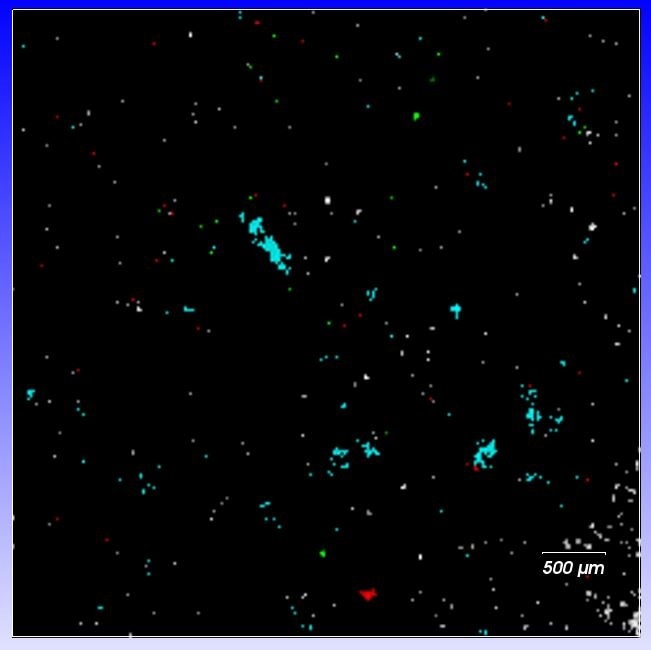Plastics are widely used in packaging and products. Unfortunately, these plastics enter the environment and cause significant pollution both as bulk material and as small, hard-to-spot particles known as microplastics. In order to help clients understand and reduce the amount of microplastics in the environment, a Danish research institute is using a Raman spectroscopy system from Renishaw.
In this area of research there are many uncertainties, both with regards to identification and analysis. As yet, the health impact of microplastics is unknown, however it is suspected to be significant. This work will contribute towards knowledge and understanding of microplastic effects.
Removing Microplastics from Waste Water Treatment Plants
Morten Køcks and colleagues, from the Danish Technological Institute (DTI, Aarhus, Denmark), are collaborating with the Danish Environmental Protection Agency as well as with private companies, working on technologies to remove plastic particles from an aqueous environment, such as waste water. The aim is the improvement of the removal of microplastics at waste water treatment plants as well as at other local sources of waste water, for example laundries.
The first step is the development of robust methods of quantifying and characterizing microplastics. Although they can quantify the amount of plastic, traditional laboratory techniques, for example gas chromatography/mass spectrometry (GC-MS), do not give information on particle sizes or numbers.
Infrared Microscopy
Infrared microscopy can provide both of these; however it is not suitable for analyzing very small particles and so is challenged by the particle morphology. Therefore, Køcks and colleagues have turned to Raman spectroscopy in order to provide a comprehensive analysis system. Due to the already extensive use of their existing Renishaw inVia™ confocal Raman microscope, an inVia Qontor system was purchased in order to increase their Raman capacity.
Waste water is taken from the treatment plant, material of no interest (for example organic material and minerals) is extracted, and the residuals are analyzed on a flat surface or filter. This process involves the use of a range of advanced features of the inVia microscope. Firstly, the microscope locates the particles automatically and calculates their sizes and statistics.
Raman maps of the particles are then created, using height tracking to ensure a good focus. Finally, advanced spectral analysis determines the inorganics and plastics. The end result is a comprehensive data set including the number, shape, size and chemical composition of the particles.
Conclusion
The results of these tests indicate that the treatment plants already capture approximately 99% of the microplastic particles. This means that it is possible to handle the microplastics at the plants. DTI is continuing to develop methods to produce more accurate results as well as to expand the research so that it also encompasses rubber contamination from vehicle tyres in sewers, microplastics that are smaller than 20 mm, and microplastic reduction at other local waste sources, for example laundries. Additionally, the specific handling of the accumulated microplastics in sludge at the waste water treatment plants is being examined.

StreamLine Raman image showing the distribution of polymers and inorganic particles on a filter

Direct classical least squares (DCLS) reference spectra of polymers and inorganic particles

This information has been sourced, reviewed and adapted from materials provided by Renishaw plc - Spectroscopy.
For more information on this source, please visit Renishaw plc - Spectroscopy.